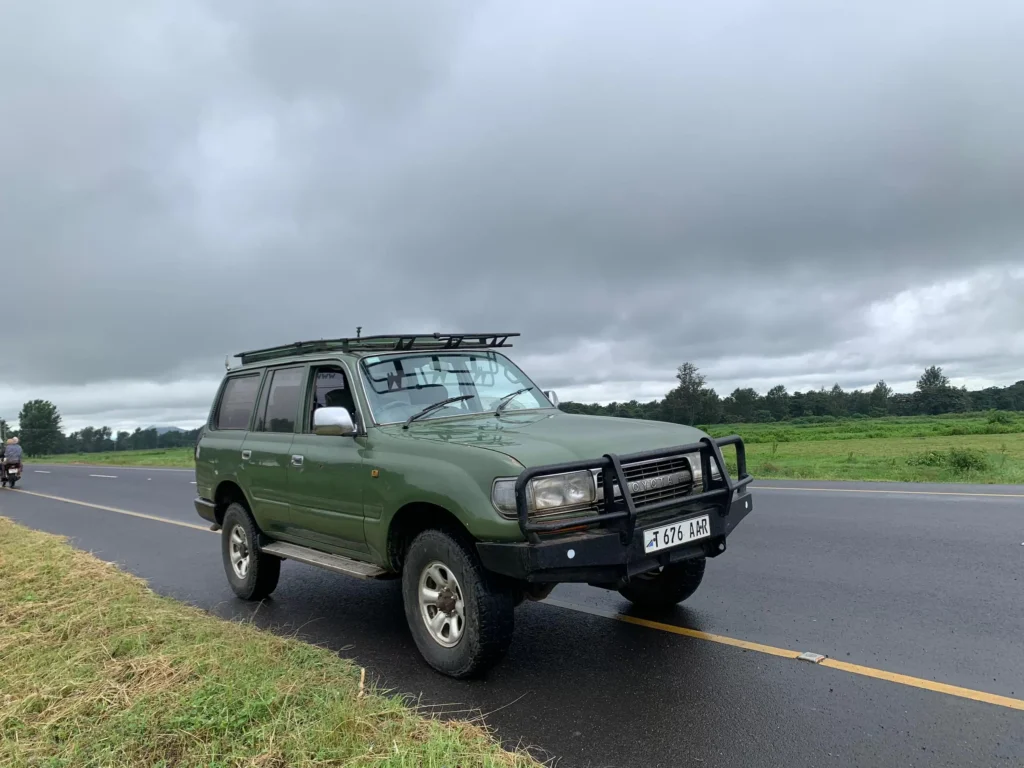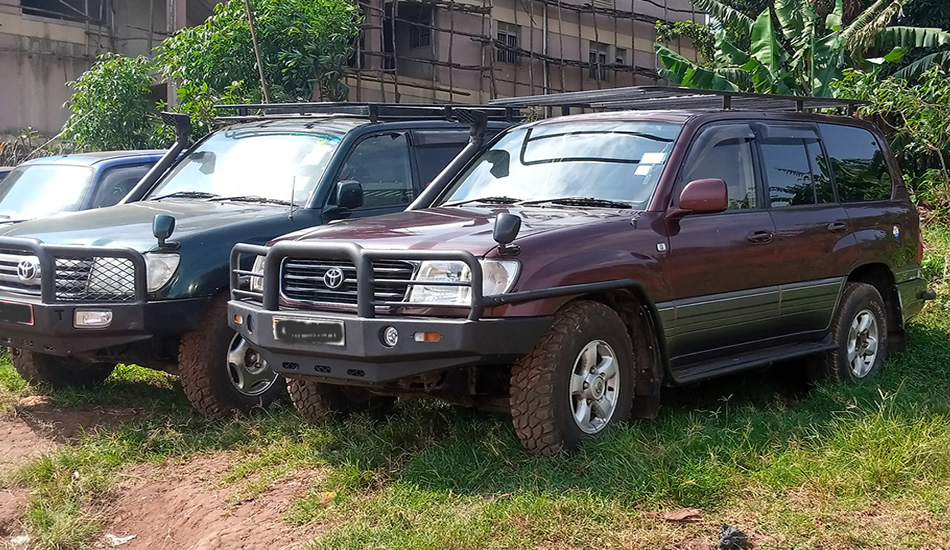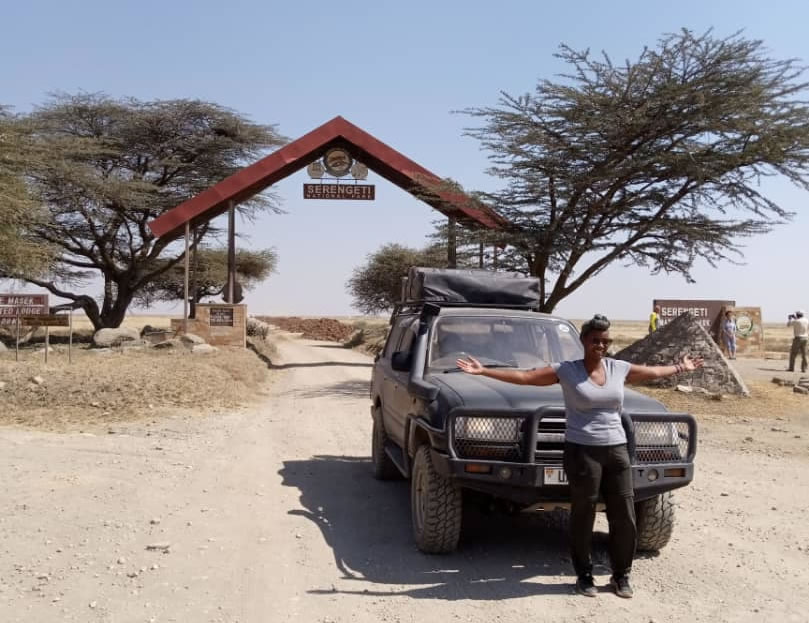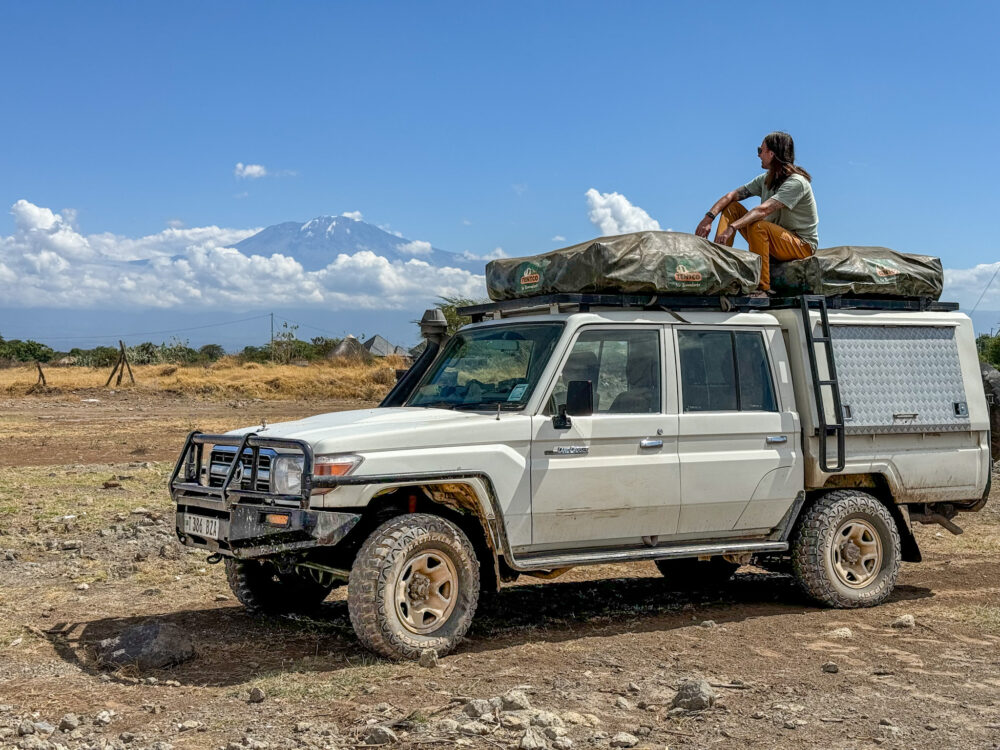Tips For Self Drive Safari in Tanzania
Tips For Self Drive Safari in Tanzania, Self-Drive Safari in Tanzania: Tanzania is a renowned East African safari destination, notable for the Great Annual Wildebeest Migration and Africa’s highest mountain peak, among other attractions. A self-drive safari in Tanzania allows you independent exploration of the remarkable landscapes, diverse wildlife, and ancient cultures.
Examine Tanzania’s 4×4 vehicles. You can navigate Tanzania at your own pace using a Land Rover or Toyota. In the absence of guidance about destinations, activities, and various other pursuits, self-drive safari excursions represent the optimal choice for those seeking an authentic safari experience. Self-driving is both permitted and assured year-round in Tanzania’s national parks.

Renting 4×4 Car For Self Drive Safari in Tanzania
The initial and paramount phase in arranging your self-drive safari in Tanzania is procuring a vehicle, which includes choosing an appropriate automobile for your expedition. Despite the predominance of paved roads, there remain unpaved dirt roads throughout the countryside. Consequently, the optimal choice is invariably a 4WD vehicle capable of traversing many terrains to any desired destination, such as Serengeti National Park, where the roads may prove challenging. The rental vehicles are equipped with retractable coverings and four-wheel drive capabilities.
Although few travel operators in Tanzania do not, the majority provide foreign visitors with the opportunity to rent vehicles for self-drive safaris. It is essential to seek a reliable tour operator that offers high-quality vehicles tailored to your vacation requirements. Safari enterprises such as Arusha Car Rental provide exceptional self-drive alternatives, using standard-quality vehicles that assist in vacation itinerary formulation. The tour operator will arrange accommodations at a lower rate than what you would obtain through independent arrangements.

Get an International Driver License, (Driving Permit)
A foreign visitor must possess an international driver’s license to do a self-drive safari in Tanzania. An International Driving Permit (IDP) is a legal document that authorizes you to operate a vehicle in a foreign country and certifies your license internationally. Individuals possessing an international driver’s license may rent a vehicle for autonomous travel and obtain a permit to access Tanzania’s National Parks, Game Reserves, and other Conservation Areas.
Travelers can acquire an international driver’s license from either the country they are visiting or their destination country.
Have Enough Money On You
Enough cash is necessary before embarking on a self-drive safari in Tanzania. Ensure that your credit cards possess sufficient funds, especially if you have outstanding balances for services such as park admission, camping, meals, and additional expenses. To utilize banking services across the nation, the credit card must be either a VISA or Mastercard. With sufficient credit, you may also utilize it for additional optional activities not included in your trip program, such as hot air balloon rides, acquiring specialized beverages, and other supplementary purchases you may require.
Get All Required Mechanic and Driving Skills
A self-drive safari in Tanzania necessitates a certain level of mechanical and navigational proficiency. These skills are essential for solo travel, especially if your safari vehicle malfunctions or you become disoriented. You should understand the principles of mechanics. If a little issue arises with your vehicle, you should be capable of resolving it independently instead of awaiting a technician, who may require some time. Furthermore, utilizing resources such as maps, a compass, magnetic declination/variation, and the Global Positioning System (GPS) can enhance navigation skills, enabling you to determine the most advantageous route for your journey.
We recommend use your trip map for a self-drive safari in Tanzania, as Google Maps may fail to differentiate between impassable, pothole-ridden dirt roads with sudden twists, perhaps resulting in disorientation in Tanzania’s rural regions. Moreover, we strongly recommend avoiding any detours; despite Google Maps potentially directing you along shorter private routes, we urge you to remain on the primary roadways.

Health and Security
It is essential to ensure you are in ideal physical condition prior to embarking on a self-drive safari in Tanzania. Ensure to include a first-aid kit including all essential equipment for addressing minor ailments and injuries, as well as your requisite medicines. Ensure you possess travel and medical insurance prior to your departure. This will provide access to medical treatment at any location within your trip destination, if required.
Road Safety And Security
Tanzania provides a secure environment for solo travelers, featuring well-maintained, properly designated, and delineated roadways. Driving at night in Tanzania, especially in the distant safari regions around the country, is perilous, akin to the risks encountered in other foreign nations. Moreover, visibility on Tanzanian roads at night is hindered by the prevalence of potholes. Thus, daytime driving is secure.
Due to the numerous roundabouts in Arusha Town, anticipate traffic congestion throughout your visit. Drivers in this town exhibit courtesy and cede the right of way when it is convenient, rather than attempting to overtake you. Ensure the utilization of traffic lights
Master Routes
All safaris in Tanzania commence in Arusha Town, which provides access to most of the country’s National Parks and Game Reserves, contingent upon your selected location. Once within the parks, it is essential to understand the details of the several game drive routes and the locations of the wildlife. It is inherently impossible to predict the creatures’ locations, hence encountering them relies more on serendipity than meticulous preparation. Park rangers and guides, particularly those conducting guided tours, are equipped with radios that enable them to communicate information regarding the locations of specific park species.
Entrance Fee for Parks
Paying the park entrance fee for a self-drive safari in Tanzania is straightforward. A standard credit card (Visa or Mastercard) is sufficient; there is no requirement for a specialized card that necessitates recharging or similar features. The entrance costs for each day, night, and automobile are included in the payment. It is essential to remember that cash payments are not permitted for park admission fees.

Accommodation
Prior to the start of the safari, accommodations, including lodges, campgrounds, or mobile tents, may be reserved. Depending on your car rental arrangements, certain vehicles may offer a countryside view, street lighting may be sparse, and all vehicles utilize high beams at night, posing significant dangers in the event of an accident. Furthermore, about camping equipment and beds placed on the ground. The tour operator responsible for arranging and managing your Tanzania self-drive safari also manages the accommodations. Securing accommodations in advance alleviates concerns regarding lodging toward the conclusion of the trip.
What to Expect on Self Drive Safaris in Tanzania
Tanzania features a varied topography, encompassing urban regions and significant roadways, as well as remote, unpaved routes that connect to numerous safari locations. The roads in Arusha and en route to the parks are challenging (left-hand traffic, rapid driving); nevertheless, if you acclimate and remain vigilant of other drivers’ actions, you should encounter no difficulties. While occupying your 4WD vehicle, we recommend adhering to the regulations pertaining to traffic and the diverse safari sites.
The roadways in parks, however, differ significantly from those on highways. Despite the sandy and dirty roadways, smaller lanes are generally more navigable than main thoroughfares. Furthermore, there is a notable reduction in traffic in that area. However, you ought to exercise far greater caution while driving. Driving at a speed of 60–70 km/h is generally more advantageous than driving slowly on highly uneven roads.

What is the best time for a self-drive safari in Tanzania?
Tanzania features a varied topography, encompassing urban regions and significant roadways, as well as remote, dirt routes that connect to numerous safari locations. The roads in Arusha and en route to the parks are challenging (left-hand traffic, rapid driving); nevertheless, if you acclimate and remain vigilant of other drivers’ actions, you should encounter no difficulties. While occupying your 4WD vehicle, we recommend adhering to the regulations pertaining to traffic and the diverse safari sites.
The roadways in parks, however, differ significantly from those on highways. Despite the sandy and dirty roadways, secondary streets are generally more navigable than primary ones. Furthermore, there is a notable reduction in traffic in that area. However, you ought to exercise far greater caution while driving. Driving at a speed of 60–70 km/h is generally more advantageous than driving slowly on highly irregular roads.

